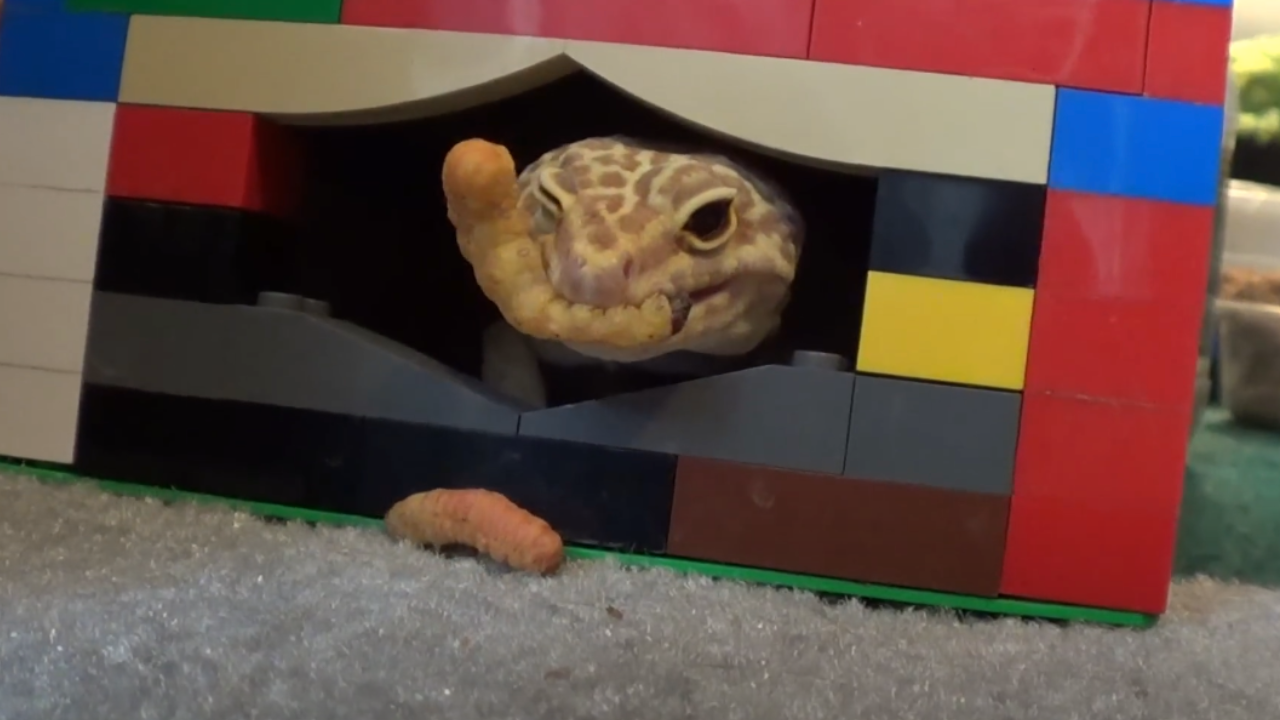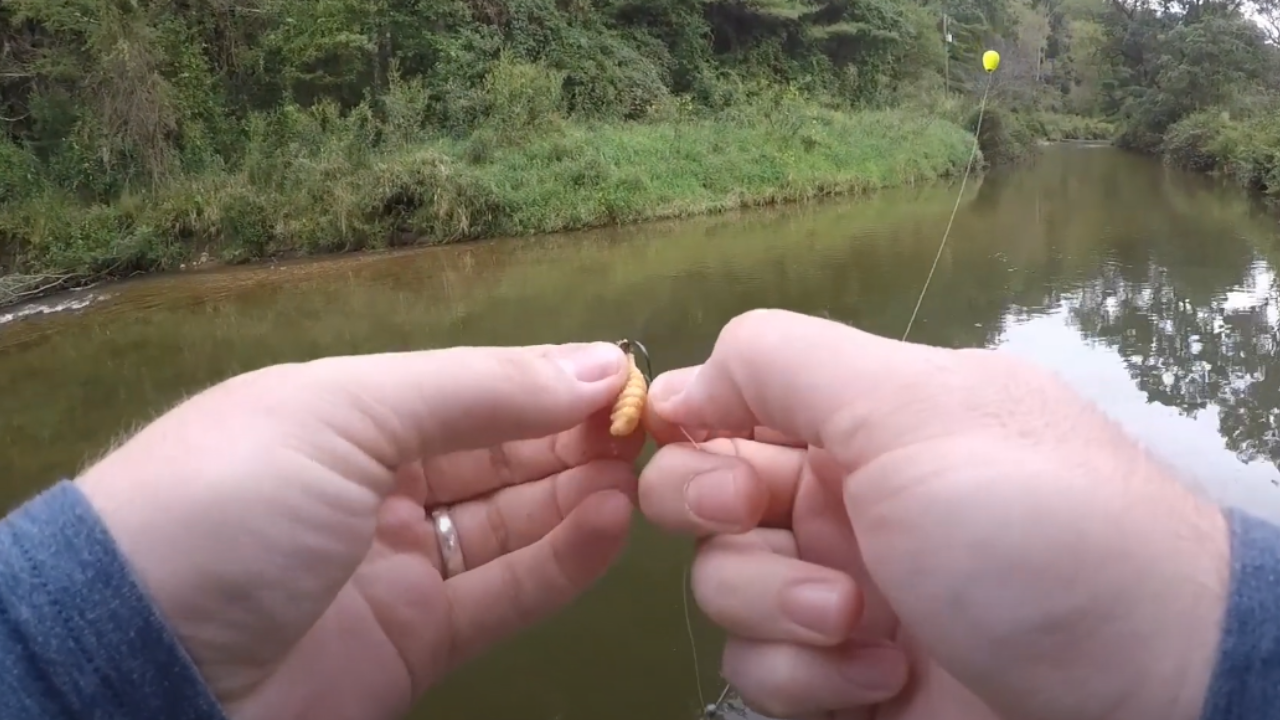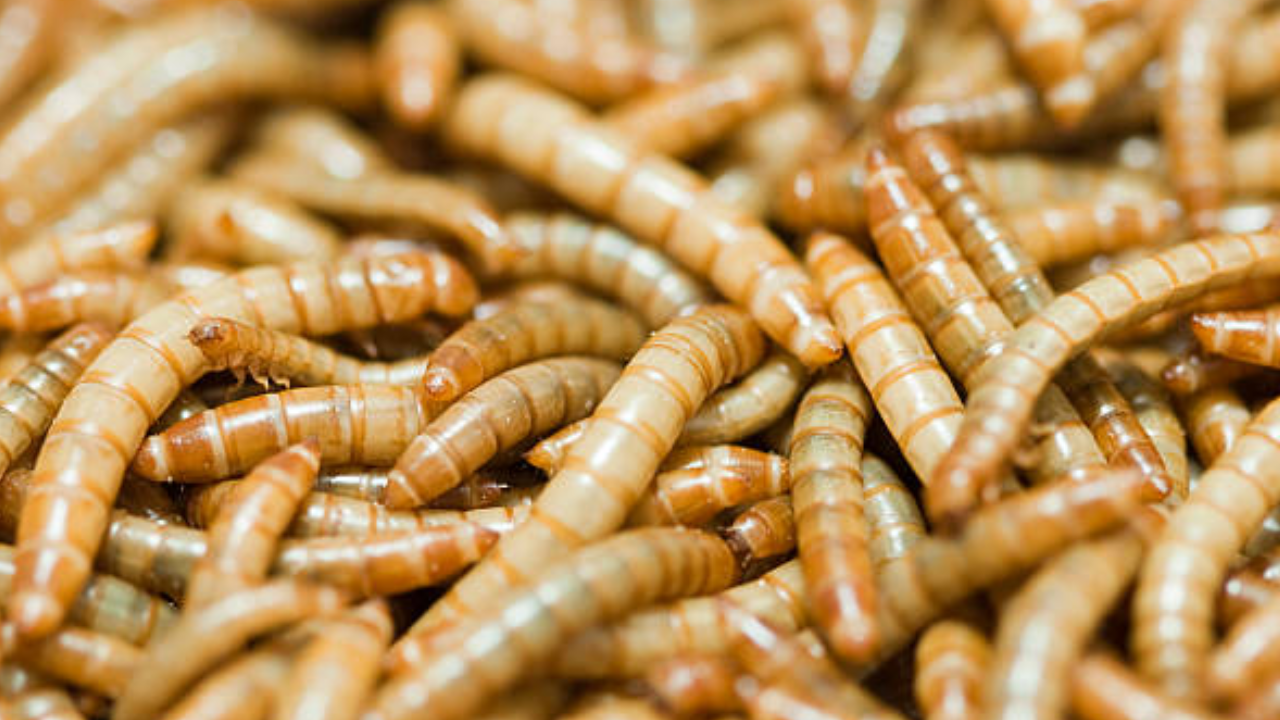Butterworms: TopFlight Dubia’s Detailed Guide[2025 Edition]
Dec 11th 2021
Butterworms are important feeder insects in the reptilian and amphibian pet’s diet because they contain higher calcium levels than other feeder insects.
Calcium is an essential mineral needed for bone growth and development. It promotes strong and healthy bones, muscles, and overall metabolic function. Also, it helps prevent a common condition caused by calcium deficiency in reptiles.
Many things make them unique from other feeder insects. Learn more about the butterworm in a detailed guide by TopFlight Dubia.
What are Butterworms?
Butterworms are the larvae of the Chilean Moth (Chilecomadia moorei). They are native to the central region of Chile and are typically harvested before reaching their pupal stage so they don't turn into moths. They can only be found near their only food source, the Trevo Tree.
How Big Do Butterworms Get?
These worms typically grow to be around 1.25 to 1.5 inches (2-3 cm) in length.
How Long Do Butterworms Last?
These worms typically can last for 1 to 4 months.
What is the Life Cycle of Butterworms?
The life cycle of butterworms consists of four stages:
1. Egg Stage
The female Giant Palm Moth lays eggs on Trevo bushes in Chile, where the larvae will eventually hatch. The egg stage typically lasts for a few weeks.
2. Larval Stage (Butterworm)
The larvae, or butterworm, is easily recognizable. They feed on the Trevo bush for several weeks, molting as it grows.
3. Pupal Stage
The exact pupation process is not widely known. However, the moth takes as little as 5 days to an average maximum of 21 days to grow into an adulthood.
4. Adult Moth Stage
After pupation, the adult moth lives only a short time to mate and reproduce. Then again, the cycle restarts.
Why is it Challenging to Breed Butterworms?
Breeding butterworms is challenging for the following reasons:
1. Irradiation Treatment
Butterworms are irradiated commercially to prevent them from turning into adult moths. This process sterilizes the larvae which makes it impossible for them to reproduce and complete their natural life cycle.
2. Not Able to Pupate
Since the larvae are prevented from maturing into moths, they cannot go through their full life cycle. This lack of pupation makes it impossible to breed butterworms and maintain a sustainable breeding population.
3. Need Specific Diet and Environmental Conditions
Butterworms require a specific diet and environmental conditions to thrive. The food sources they feed on are not always readily available in captivity. Replacing their natural habitat to encourage breeding is challenging.
4. Pest Control
While breeding, it is essential to prevent the larvae from turning into adult moths, which could lead to pest infestation. This makes the breeding process more challenging and even complex.
Why Use Butterworms?

1. Nutritious Food Options for Insectivorous Pets
They can be served as food for insectivore pets such as bearded dragons, geckos, and other reptiles. The scent and bright color of these worms help attract the more stubborn eaters. They are also:
- A good source of protein and vitamins.
- Exceptionally high in fat and calcium.
- Known for their calcium content, which is especially impressive, being higher than that of crickets and mealworms.
2. Useful as a Bait for Fishing

Tebo worms are increasingly used as bait for catching trout, panfish, and even some bass.
How To Store Butterworms?
- Use a plastic container with a lid to store the butterworms.
- Provide a dry bedding material, like wheat bran or sawdust, to absorb moisture.
- Refrigerate the container between 40 and 50°F (40-50°F).
- The temperature helps to slow down their metabolism and keep them in a dormant state.
- When appropriately stored, butterworms can last long in the refrigerator.
|
NOTE: If the temperature drops below 40°F, they may die from the cold. |
The Bottom Line

Butterworms are a good food source for reptiles and amphibian pets because of their high calcium content. The high amount of calcium in these worms helps in bone growth and prevents metabolic bone disease. However, it is not possible to breed these worms due to the irradiation and environmental needs. So, it is crucial to buy from the right source and make sure to store them properly so they stay fresh for use.

![Butterworms: TopFlight Dubia’s Detailed Guide[2025 Edition] Butterworms: TopFlight Dubia’s Detailed Guide[2025 Edition]](https://cdn11.bigcommerce.com/s-r3trye9w5t/images/stencil/190x250/uploaded_images/butterworms-main-1004-1641.png?t=1744283668)